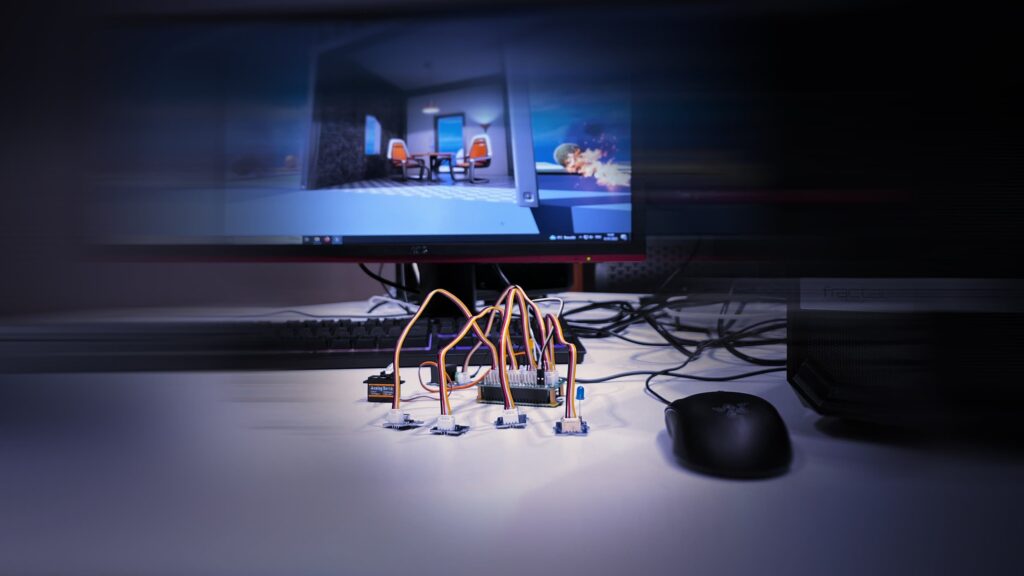
IoT Bridge
This MediaLab project aimed to connect IoT sensors based on the SeeedStudio Grove platform to most used game Engines using a socket library and proved

This MediaLab project aimed to connect IoT sensors based on the SeeedStudio Grove platform to most used game Engines using a socket library and proved
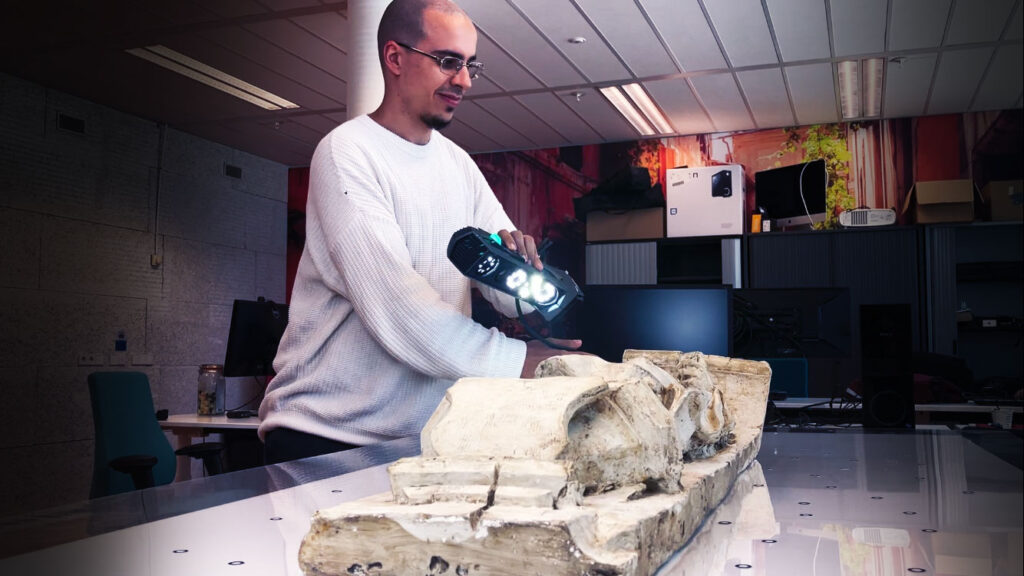
In the Media Lab we are setting up a 3D scanner service, currently we are testing and investigating how to implement this service. This includes
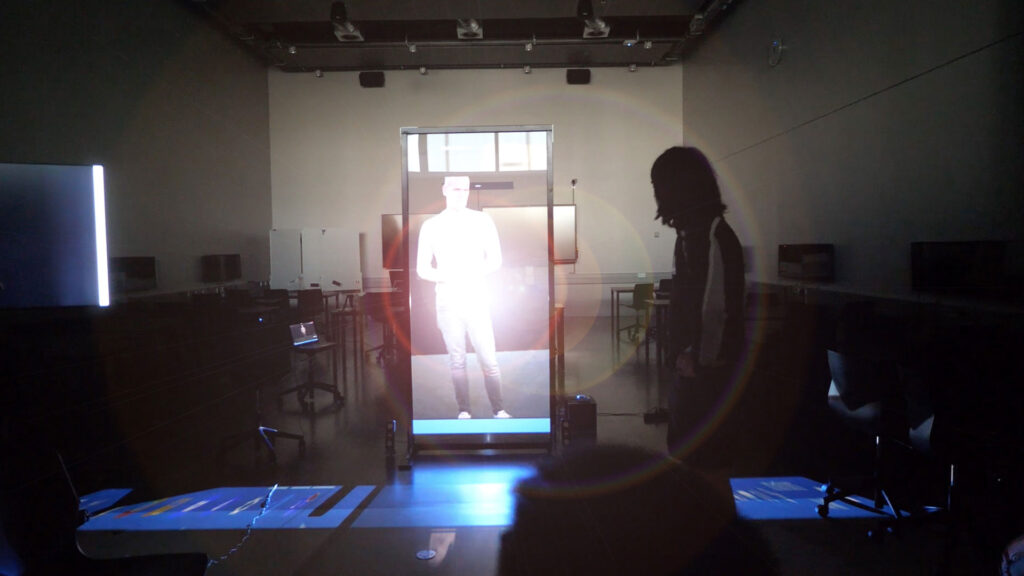
Together with the Mexican Monterrey Institute of technology the NewMedia Centre is investigating possibilities for holographic projections in the classroom. Currently there is a pilot

The availability of the physical University Labs may be limited due to its capacity or other factors, like the mandatory requirement to work from home
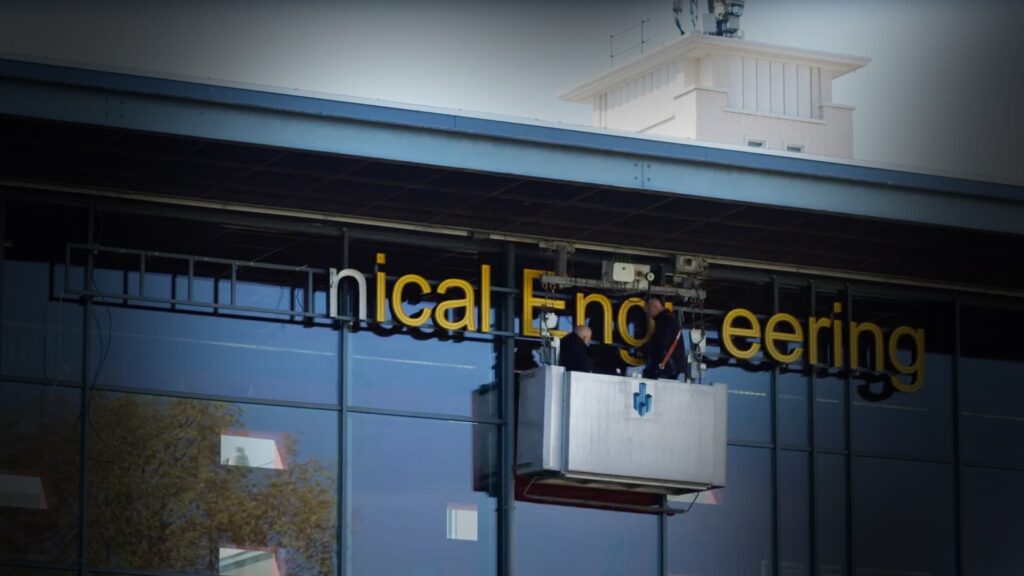
As of January 1, 2024, the Faculty of Mechanical, Maritime and Materials Engineering (3mE) has changed its name to Mechanical Engineering. The NewMedia Centre was asked to produce a short video to promote this change at the front of the faculty building.
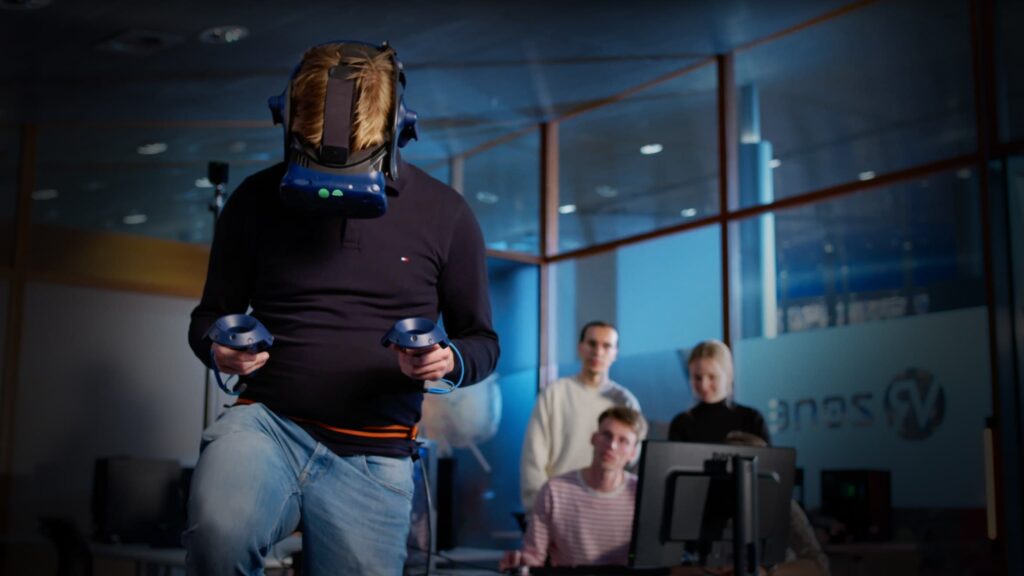
Students from Industrial Design Engineering reached out for support in the XR Zone where they created a VR application for their Bachelor End Project (BEP).
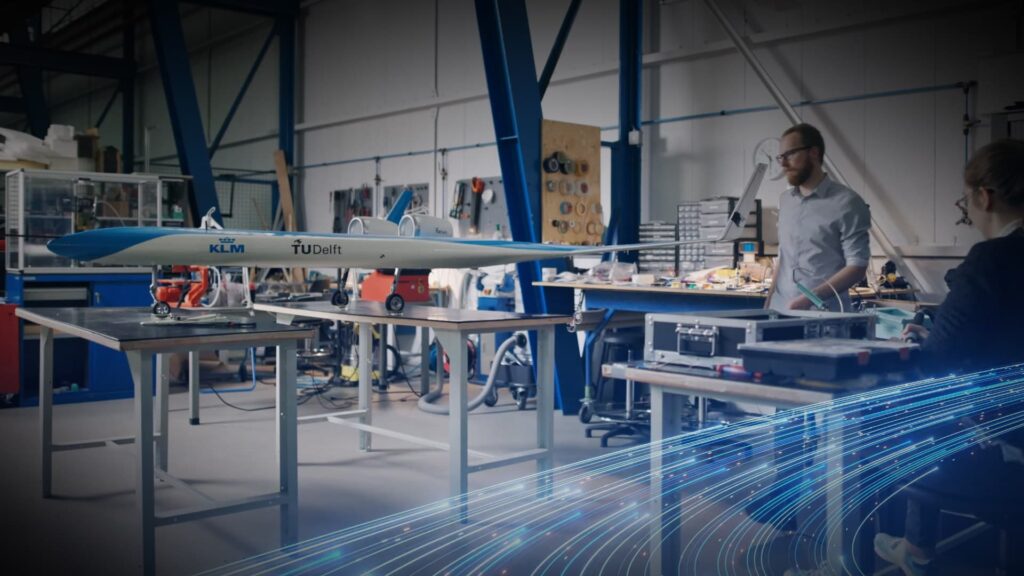
What is needed to achieve sustainable aviation? How can we accelerate that innovation? And what can we do for the existing fleet of aircraft? In this Pioneering Tech video, Rinze Benedictus and Marios Kotsonis provide answers.
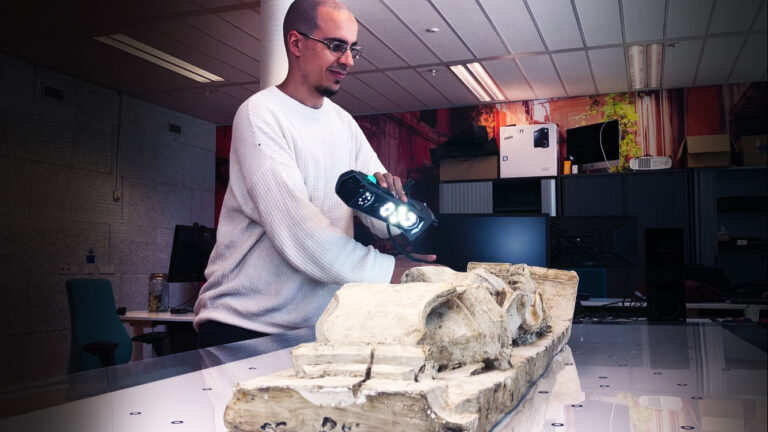
In the Media Lab we are setting up a 3D scanner service, currently we are testing and investigating how to implement this service. This includes
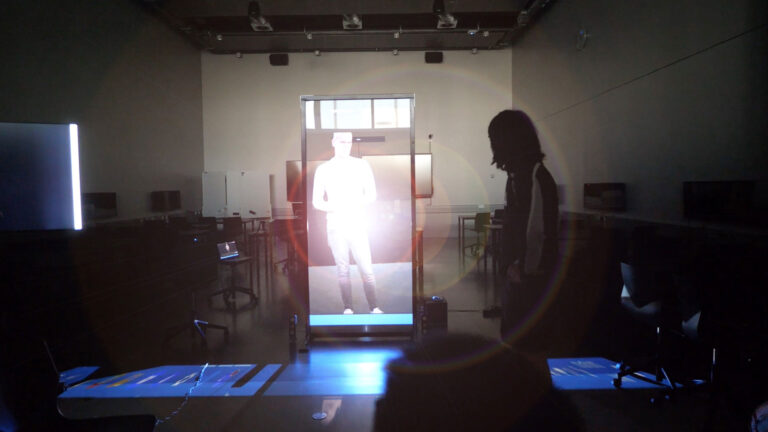
Together with the Mexican Monterrey Institute of technology the NewMedia Centre is investigating possibilities for holographic projections in the classroom. Currently there is a pilot
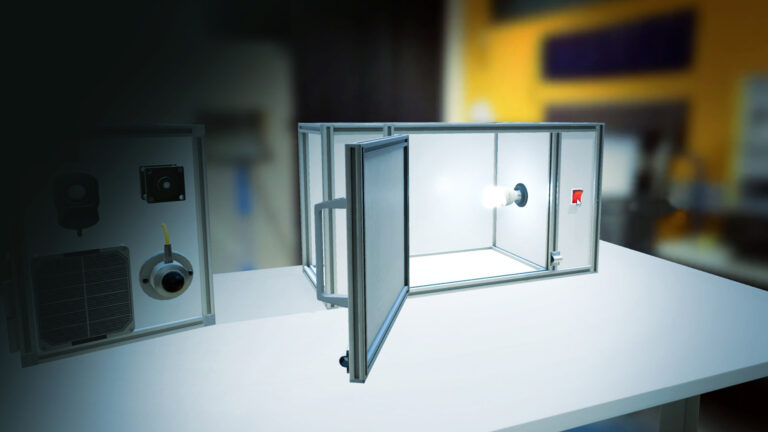
The availability of the physical University Labs may be limited due to its capacity or other factors, like the mandatory requirement to work from home
NewMedia Centre
Located at the Faculty of IDE
Building 32 | room D-0-110
Landbergstraat 15
2628 CE Delft
T +31 (0)15 278 5082